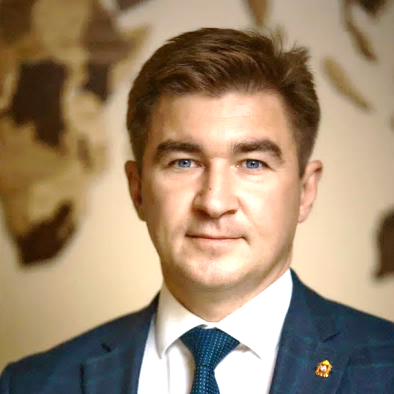Biography
Professor Nam-Joon Cho is a leading scholar of material science and infectious disease medicine. He pioneered new fields in sustainability and healthcare: from antiviral peptide technology to develop broad-spectrum drugs responding to COVID-19, to transformation of plant pollen to replace environmentally harmful plastics.
Dr. Cho initiated a new paradigm for sustainability called “Cross Economy” which designs to create new industrial opportunities through material innovation including using the wastes. He works closely with healthcare companies and other industrial partners in these translational projects, including serving as Project Lead at Stanford University’s Antiviral Drug Discovery Centre for Pathogens of Pandemic Concern, where he spearheads collaborative research funded by the US National Institutes of Health. A pioneer in developing a new economic model for economic prosperity in hybrid worlds, he has received international honours from organisations such as the American Liver Foundation and Ministry of Science and ICT in South Korea. He is a member of the National Academy of Engineering of Korea.
His research efforts have resulted in over 280 scientific papers in top journals such as Nature Materials, Nature Medicine, Nature Communications, Nature Protocols, Nature Human Behaviour, Science Translational Medicine, and Science Advances. He currently received the funding from MOE, NRF of Singapore as well as NIH (US) to S25,000,000. The technology from his research group has been licensed and spun out to biotech companies with over S$20,000,000 in investment funding.
Dr. Cho is also a passionate educator and mentor who has played leadership roles in the NTU Renaissance Engineering Programme, developed youth science education programs together with the United Nations and World Economic Forum, created international undergraduate research programs and joint graduate degree programs with leading university partners, and had group alumni become tenure-track faculty members and entrepreneurs worldwide. In addition, he currently serves as President of the Korean Scientist and Engineers Association in Singapore, is a member of the National Academy of Engineering of Korea. Earlier in his career, he was awarded the Nanyang Associate Professorship and Singapore National Research Foundation Fellowship.
He is a graduate of Stanford University and the University of California, Berkeley.



